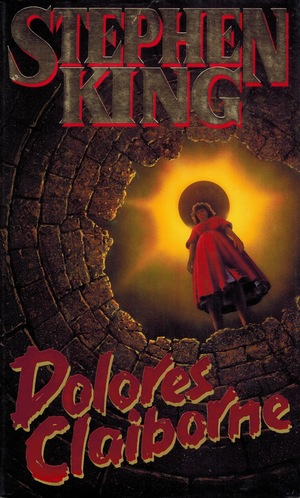Tell Me a Story: What Makes a Good Audiobook?
 I love audiobooks. I’d go so far as to call them my favorite means of ingesting stories.
I love audiobooks. I’d go so far as to call them my favorite means of ingesting stories.
It’s partly because of a failing on my part: I am capable of reading incredibly fast, but much like speeding through the countryside in a jet, this causes me to miss a lot. I can read a standard length novel in a couple hours, but I can tell you very little about style, minor plot details, and descriptions. I can force myself to slow down and read carefully. But I usually won’t. Hearing a story forces me to slow down and really absorb all the details of setting and characterization that I would otherwise bolt past. Beyond that, there’s something about the simple joy of being read to that I love. Maybe it’s the happy memories associated with bedtime stories, or my restless mind’s ability to putter about while hearing a book.
Within that affection, it also must be confessed that some stories? Are made for audiobook. Just as not every story is suited to be read aloud (House of Leaves is not available on Audible for a reason), some stories are so fantastic as audiobooks that reading them on the page feels like a letdown.
Dolores Claiborne comes to mind. Produced by Simon and Schuster Audio, Stephen King’s tale of domestic violence, murder, and friendship is narrated by Frances Sternhagen.
Sternhagen has the kind of Broadway and Hollywood resume most actors would murder for: people of a certain age :cough: probably best remember her as Cliff mother, Esther, on Cheers.
Dolores Claiborne is written as a monologue. The entirety of the book is conceived as Delores’ statement to the police on the death of her elderly employer. The circumstances under which Vera Donovan and Dolores are found upon the former’s death raise suspicion that Dolores has killed her. In addition, her fellow townspeople have long suspected that Delores had murdered her own husband decades before. The book is her attempt to set the entire story straight, from the 1950s to the present day.